Want to get rid of dust mites in your home? Expert shares a step-by-step guide
Here's how to get rid of dust mites in your home, according to pest-control experts
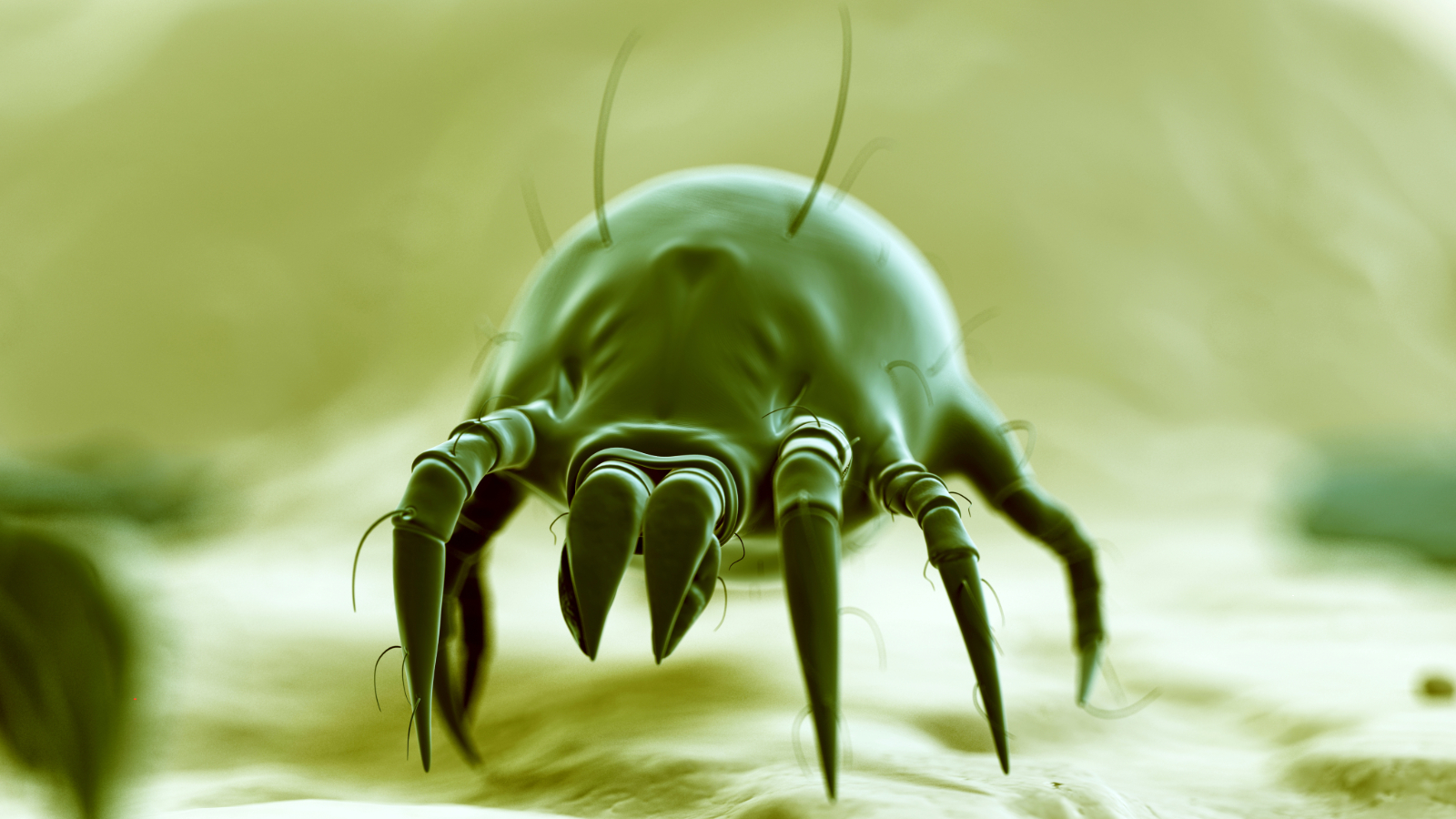
If you're prone to allergic reactions or asthma symptoms, you might be wondering how to get rid of dust mites. These seemingly harmless microscopic creatures don't bite or spread disease, but their waste and body fragments can trigger reactions in sensitive people.
Dust mites feed on dead skin flakes from humans and animals, making our mattresses, bedding and carpets the perfect places for them to live. They thrive in humid conditions and reproduce quickly, so it's important to keep humidity levels below 50%.
Just like their distant cousins – the spider and the tick – there are several things you can do to get rid of them, such as regular cleaning and using natural deterrents. To discover the best ways to banish them and spot the signs of an infestation, we asked pest control experts for their advice.
How to get rid of dust mites
1. Regular cleaning
To deter dust mites, make sure you're washing your bedding, sheets, pillowcases, and duvet covers once a week in hot water, advises Daniel Steward, Managing Director at Shield Pest Control.
If a hot wash isn’t possible, he recommends tumble drying on high heat for around 10 to 15 minutes. You'll also want to vacuum your mattresses, carpets and upholstery weekly, as well as steam-clean your soft furnishings.
2. Use protective covers
Your bed is one of the most popular spots for dust mites, so Daniel suggests protecting your pillows and mattress with a dust mite-proof cover (like the one below).
“Reduce the number of soft surfaces where mites can live – swap out heavy curtains for washable blinds, limit plush toys, and avoid wall-to-wall carpeting in bedrooms if possible," he adds. "Keeping your space simple makes cleaning easier and more effective.”
Bring your dream home to life with expert advice, how to guides and design inspiration. Sign up for our newsletter and get two free tickets to a Homebuilding & Renovating Show near you.
3. Keep the air cool and dry
Since dust mites thrive in warm, humid environments, try to keep the air as cool and dry as possible in your home. Daniel recommends maintaining temperatures below 21°C and humidity levels under 50%, which the best dehumidifier can help you to achieve.
4. Try natural treatments
In addition to the steps above, you can try a natural treatment such as sprinkling a mixture of baking soda and a few drops of essential oil on your mattress or carpet. Let it sit for an hour, then vacuum it up.
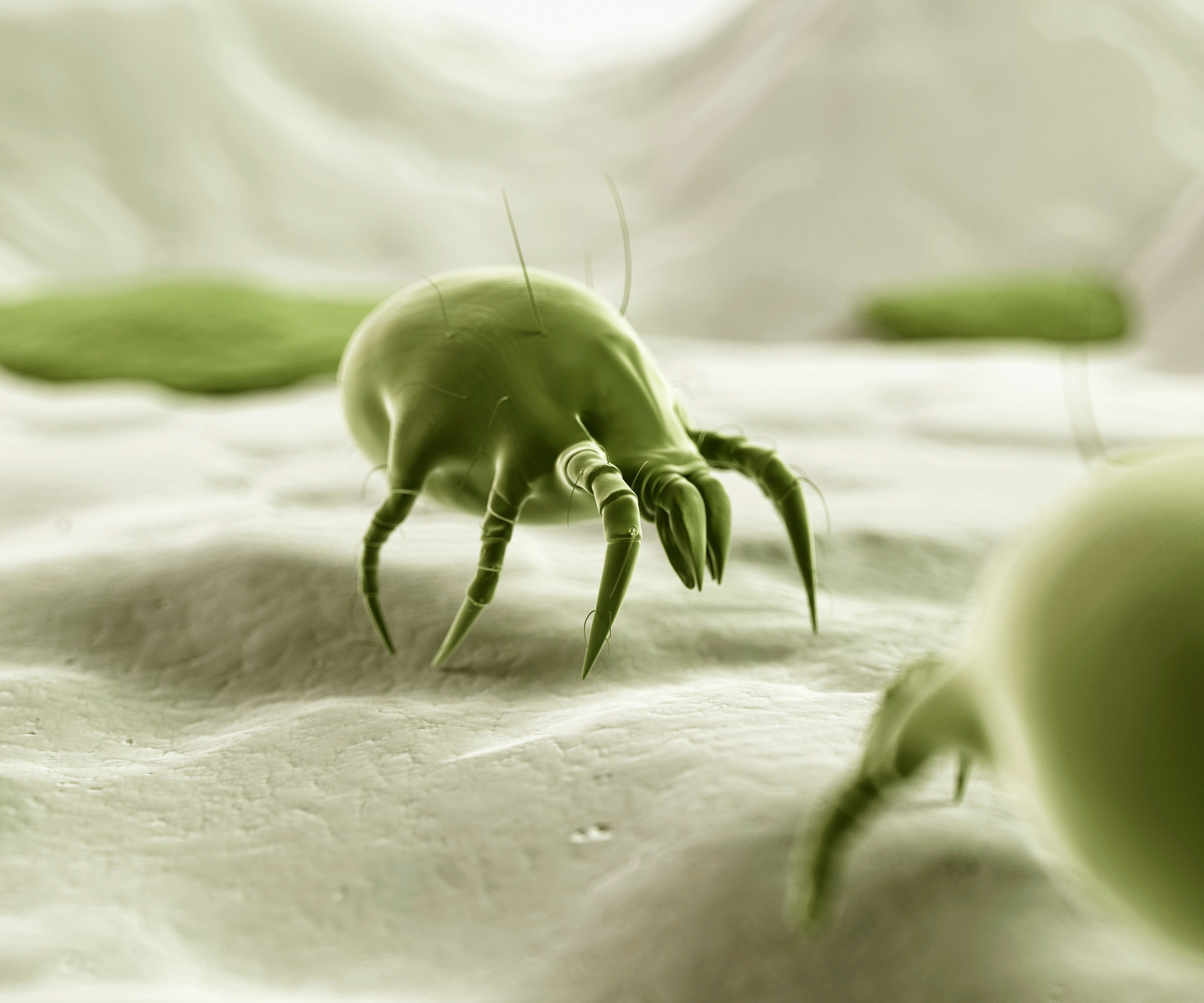
Top products to deter dust mites
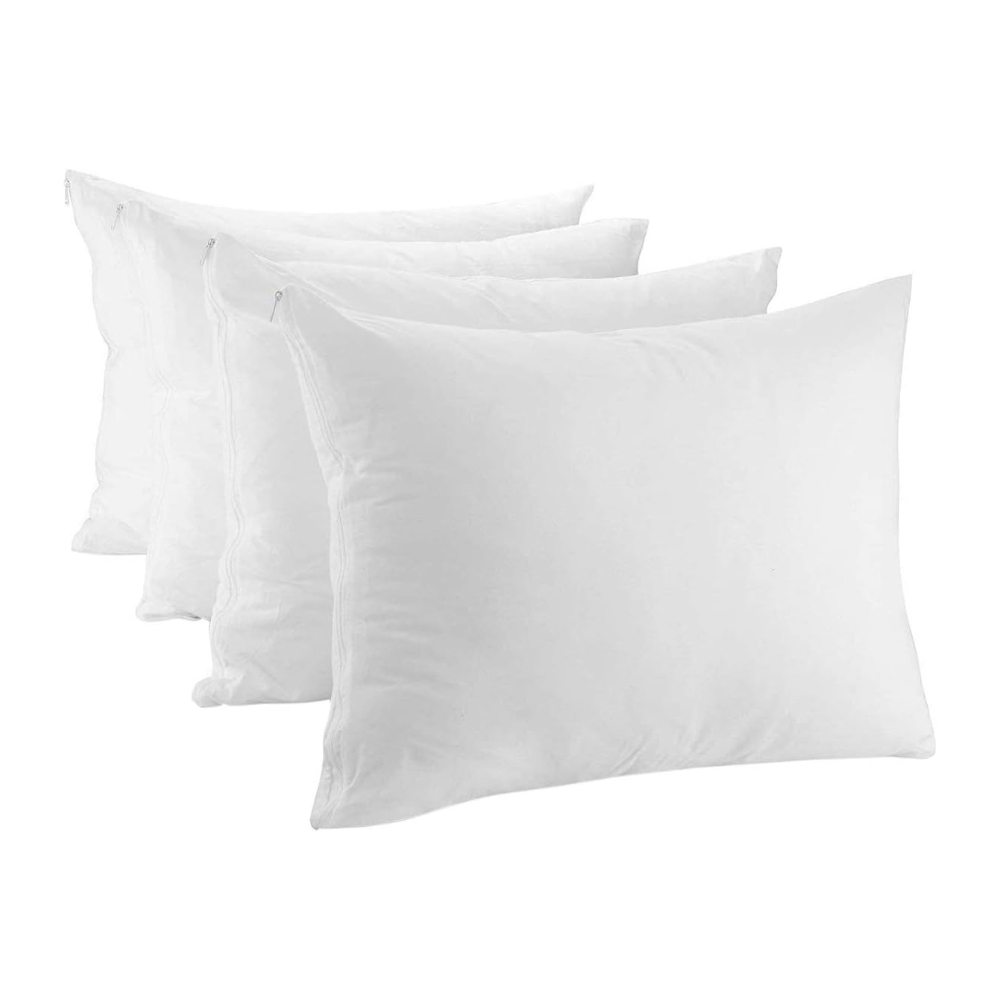
Made from 100% cotton, these pillow covers provide protection against dust mites and fit comfortably beneath your regular slip.
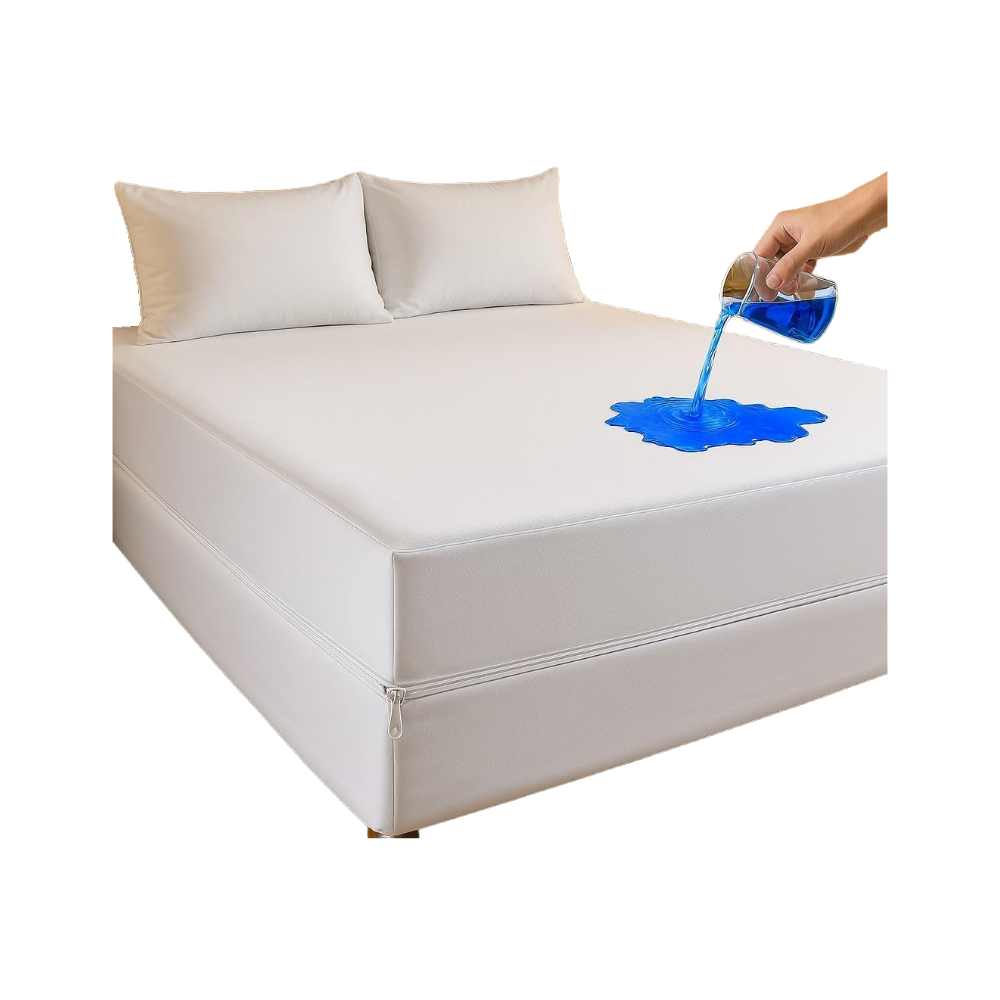
With a 360° closure and waterproof design, this mattress protector will keep dust mites out and is available in five sizes.
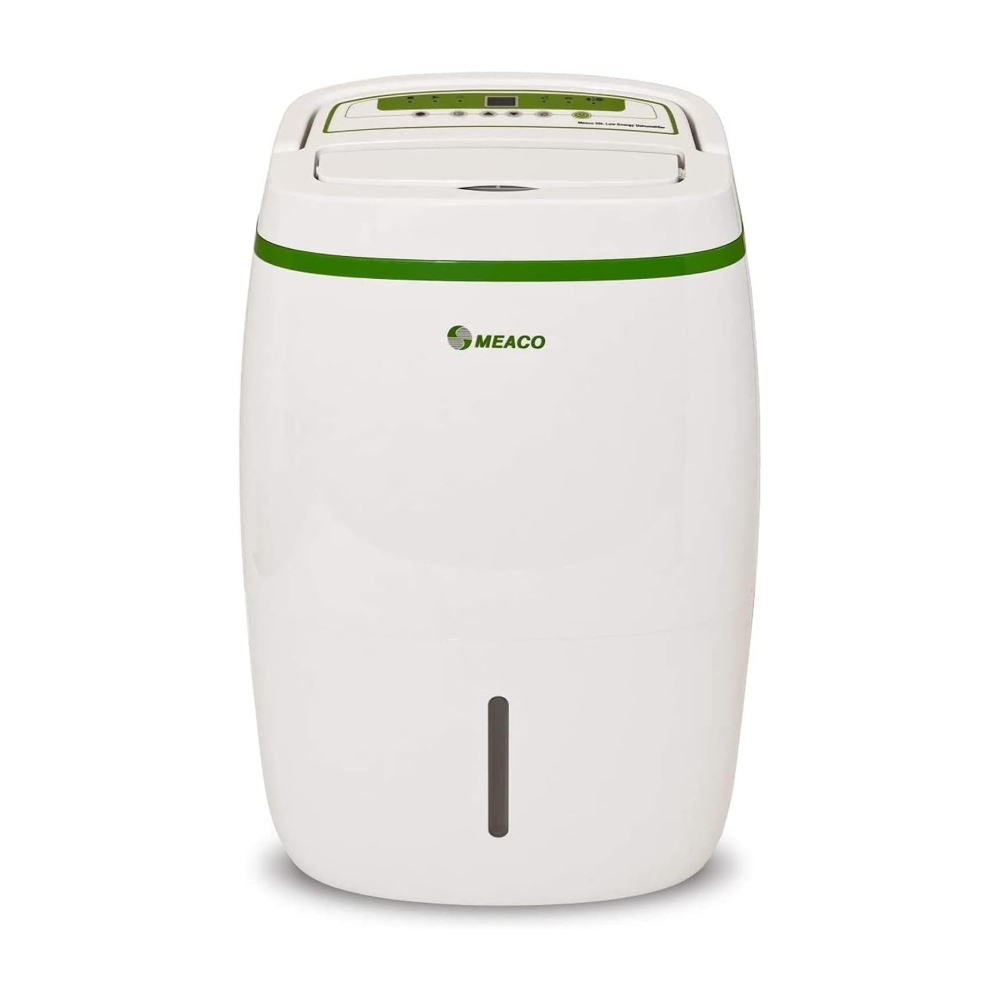
This dehumidifier is affordable to run, costing just 6p per hour, and comes with a free HEPA filter that purifies the air – ideal for allergy sufferers.

With 24 years of experience in the pest control industry, Daniel has developed a deep understanding of the various diagnostic methods and techniques used to eliminate pests from homes and businesses.
What smell repels dust mites?
Using strong-smelling natural oils (like these essential oils from Amazon) is another great way to repel dust mites. Daniel Steward recommends tea tree, eucalyptus, lavender, clove, peppermint, and lemongrass.
Here’s how to apply them in your home:
- Mix a few drops of essential oil with water or white vinegar in a spray bottle
- Lightly mist your mattress, bedding, carpets, curtains and upholstery
- Add a few drops of oil to your laundry when washing bedding in hot water
- Let everything dry completely before use
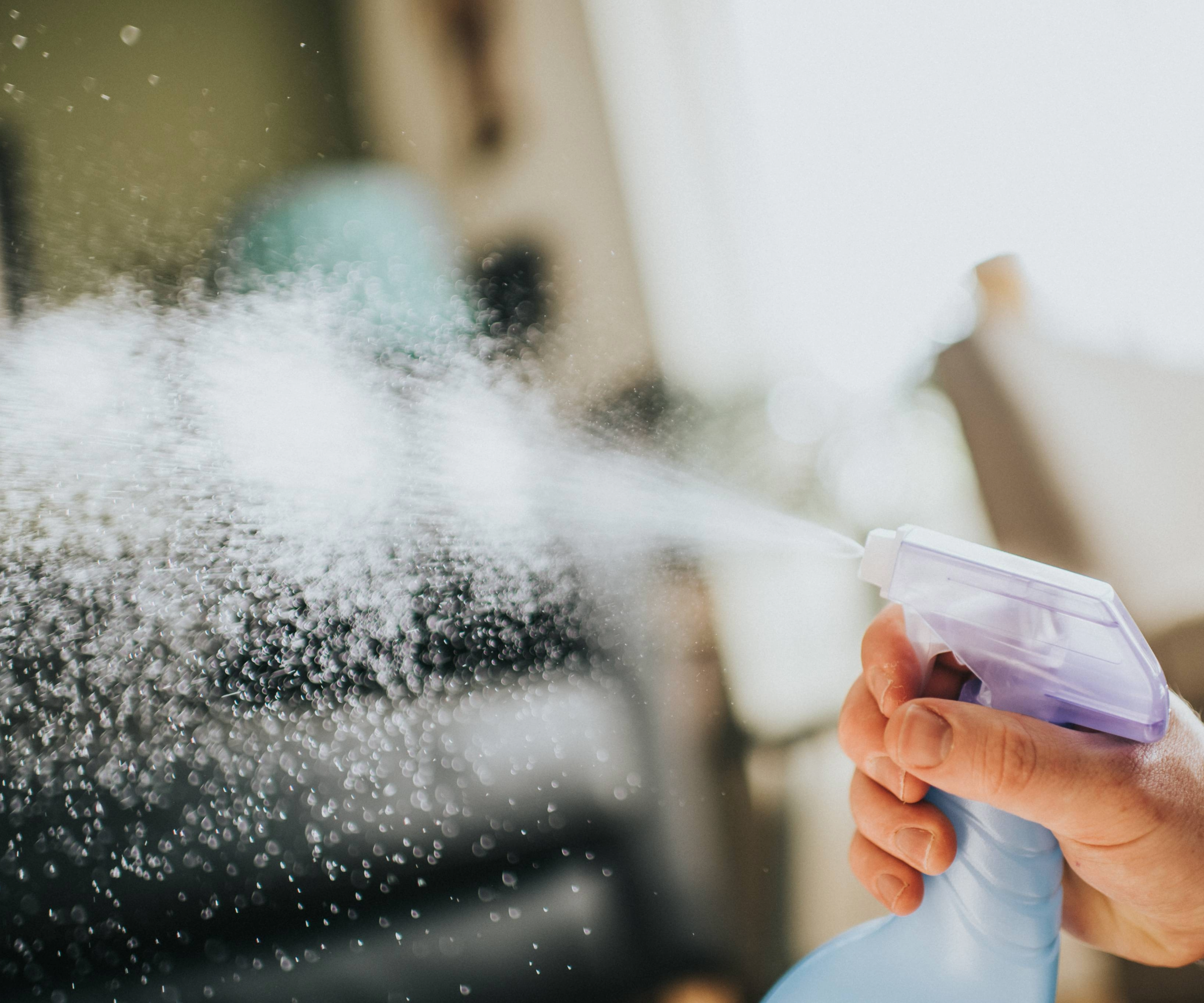
How do you know if you have dust mites?
1. Skin irritation
Have you noticed mild rashes, itching, or eczema flare-ups? According to Daniel Steward, this could be a sign of dust mites – especially if your skin improves when you’re away from home. You might also see small red bumps or irritated patches on your face, neck, or arms.
2. Environmental clues
We can’t see dust mites with the naked eye, but you can look for signs in your home, such as dust buildup on furniture or musty-smelling bedding.
3. Allergy symptoms
If dust mites are present in your home, you might experience symptoms such as sneezing, a runny or stuffy nose, itchy or watery eyes, coughing, or wheezing. Daniel notes that these symptoms are usually worse at night or in the morning.
Where do dust mites live?
Dust mites are commonly found in bedding, mattresses, upholstered furniture and carpets, according to Tony King, pest control expert at The Pied Piper. He explains that pillows are the worst offenders, as they trap warmth and moisture from our breath and skin.
He says, "Studies indicate that a pillow's weight can escalate by as much as 10% after two years of usage, due to the presence of dust mites and their waste."

Tony King is the owner and manager of The Pied Piper, a leading pest control service that has been in operation for more than 25 years. His team of professionals can help eliminate everything from mouse infestations to slug intrusions.
Dust mites are found in nearly all homes in the UK, and around one in five adults and one in twenty children are allergic to them, according to the NHS. However, by following the steps above, you can help reduce these symptoms.
For more pest control advice, check out our tips on how to get rid of silverfish – another unwanted creature that thrives in humid conditions.

As Content Editor at Homebuilding & Renovating, Megan is passionate about providing expert-backed advice and creative inspiration to help readers transform their living spaces. Her love for DIY began while helping to renovate her parents’ family home, sparking a fascination with interiors, renovation, and design. More recently, she assisted with the renovation of her partner’s house in Bristol and is currently expanding her expertise through an Introduction to Home Improvement course. She joined the Homebuilding & Renovating team in 2025, having previously worked as a Staff Writer at PetsRadar and Beauty Assistant at Harrods.
